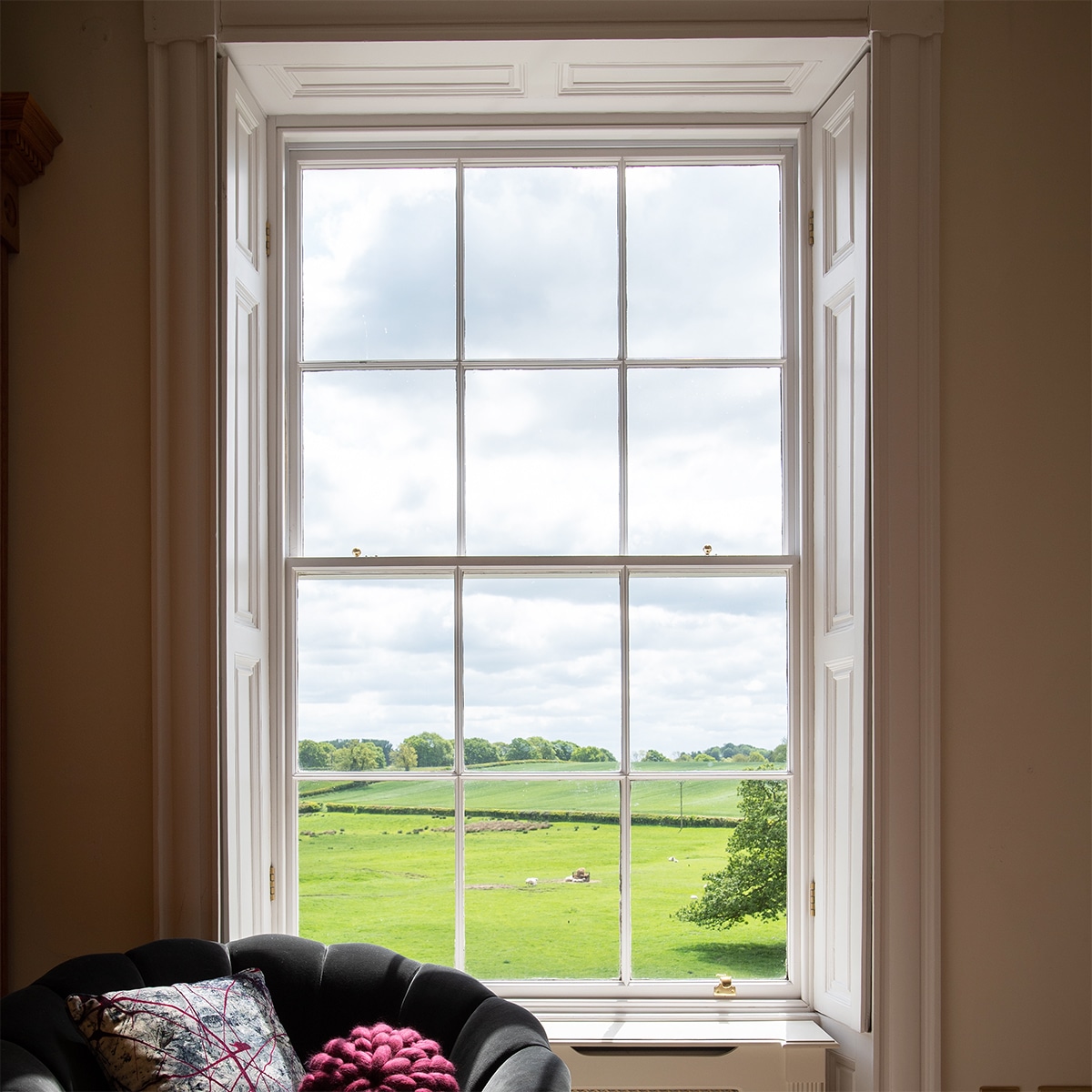What does part F compliant mean?
Part F is the section of UK Building Regulations that governs how much ventilation homes need to allow – and earlier this year, it was made much stricter.
Part F compliant homes are ones that meet these updated standards. Ventilation is hugely important. Without it, homes can develop issues with moisture, condensation and mould.

But it can also be a tricky balance to strike. Not enough ventilation, and you get the problems described above. Too much ventilation, and heat escapes, leading to higher heating bills and carbon footprints. It’s for that reason that the UK government has now taken steps to strengthen Part F. By ensuring tens of thousands of homes and businesses around the country get that balance right, ministers hope they can help Britain meet its commitment to reach net zero by 2050.
Do all new windows have to have trickle vents?
The biggest change to Part F is that all new homes must include features that allow for adequate ventilation.
The amended regulation states:
“All rooms with external walls should have background ventilators.
“A window with a night latch position is not adequate for background ventilation due to the following:
- The risk of draughts
- Security issues
- The difficulty of measuring the equivalent area.”
What this means in practice is that most new doors and windows will now have to include trickle vents.
What are trickle vents?
They’re small gaps that let in fresh air and can be opened or closed. They therefore reduce the likelihood of mould and other issues. They’re not the only way of achieving the desired effect. Alternatives to trickle vents include mechanical ventilation – essentially, machines that ensure a constant flow of fresh filtered air. If a new home is equipped with a system like this, its windows and doors won’t need to have trickle vents. However, mechanical ventilation is a much more complex, and much more expensive, solution. In the vast majority of cases, it’s therefore likely to be window trickle vents that help homes meet the new standards.

Do timber sash windows need trickle vents?
Technically, timber sash windows don’t have to include trickle vents by law. Part F requires all new homes to have ‘background ventilators’ – in essence, some way of ensuring a constant flow of fresh air. As we’ve discussed above, there are a number of different ways of achieving that, and trickle vents are just one. If a new-build property included timber sash windows, but also had another form of achieving ventilation, those windows wouldn’t need trickle vents. However, given the complexity and expense that comes with fitting alternatives, in practice it’s likely that trickle vents in windows will become the norm. In fact, it’s possible that window manufacturers will start including trickle vents as standard in all their products to help buildings meet Part F. This applies to timber sash windows as much as any other type of window product.
Speak to the sash window experts
For over 40 years, at Ventrolla, we’ve been breathing life into properties across Britain with our outstanding timber sash windows. Manufactured in-house through a mix of traditional craftsmanship and state-of-the-art technology, our products provide an exceptional way of bringing vintage character to new-builds, or restoring older properties to their former glory.
If you’re looking for Part F-compliant timber sash windows, or advice on sash windows more generally, don’t hesitate to get in touch.
FAQs about UK Part F Compliance for Timber Windows
1. What is UK Part F Compliance for Timber Windows?
- UK Part F Compliance for Timber Windows refers to adherence to specific building regulations outlined in Part F of the Building Regulations in the United Kingdom. This regulation focuses on ventilation and air quality within buildings, and compliance is essential when installing or replacing timber windows.
2. Why is Part F Compliance important for timber windows?
- Part F Compliance ensures that timber windows contribute to proper ventilation and maintain indoor air quality in accordance with building standards. It is crucial for the health and well-being of occupants while preventing issues such as condensation and mould growth.
3. How do I determine if my timber windows comply with Part F regulations?
- Consult the official UK Building Regulations Part F documentation for specific requirements related to ventilation. Ensure that your timber windows meet the specified standards for air permeability and follow any guidelines provided by regulatory authorities.
4. Are there specific ventilation requirements for timber windows in Part F?
- Part F may specify ventilation requirements for different areas within a building. Timber windows must be installed in a way that ensures adequate ventilation, and compliance may involve considerations such as window size, location, and the type of ventilation provided.
5. Can I retrofit existing timber windows to comply with Part F?
- It may be possible to retrofit existing timber windows to comply with Part F by incorporating additional ventilation measures. Consult with a building professional or contractor familiar with Part F requirements to determine the most suitable retrofit options.
6. Are there different requirements for residential and commercial buildings under Part F for timber windows?
- Part F may have different requirements for residential and commercial buildings. It is essential to review the specific regulations applicable to the type of building in which the timber windows are being installed or replaced.
7. What documentation is required to demonstrate Part F Compliance for timber windows?
- Documentation may include product specifications, test certificates, and evidence that the timber windows meet the air permeability and ventilation requirements outlined in Part F. Keep records of installations and any modifications made to ensure compliance.
8. Can a professional assess and certify Part F Compliance for timber windows?
- Yes, a qualified building professional or consultant can assess and certify Part F Compliance for timber windows. They may conduct tests, review documentation, and provide the necessary certification to demonstrate compliance.
9. How often should I review Part F Compliance for timber windows?
- Regular reviews are recommended, especially when there are changes to the building or if renovations are undertaken. It’s essential to stay informed about any updates to building regulations that may impact the compliance of timber windows.
10. Where can I find more information about UK Part F Compliance for timber windows? – The official UK government website provides detailed information on Building Regulations, including Part F. Additionally, consulting with industry associations, timber window manufacturers, and building professionals can offer valuable insights and guidance specific to timber windows in the UK.
